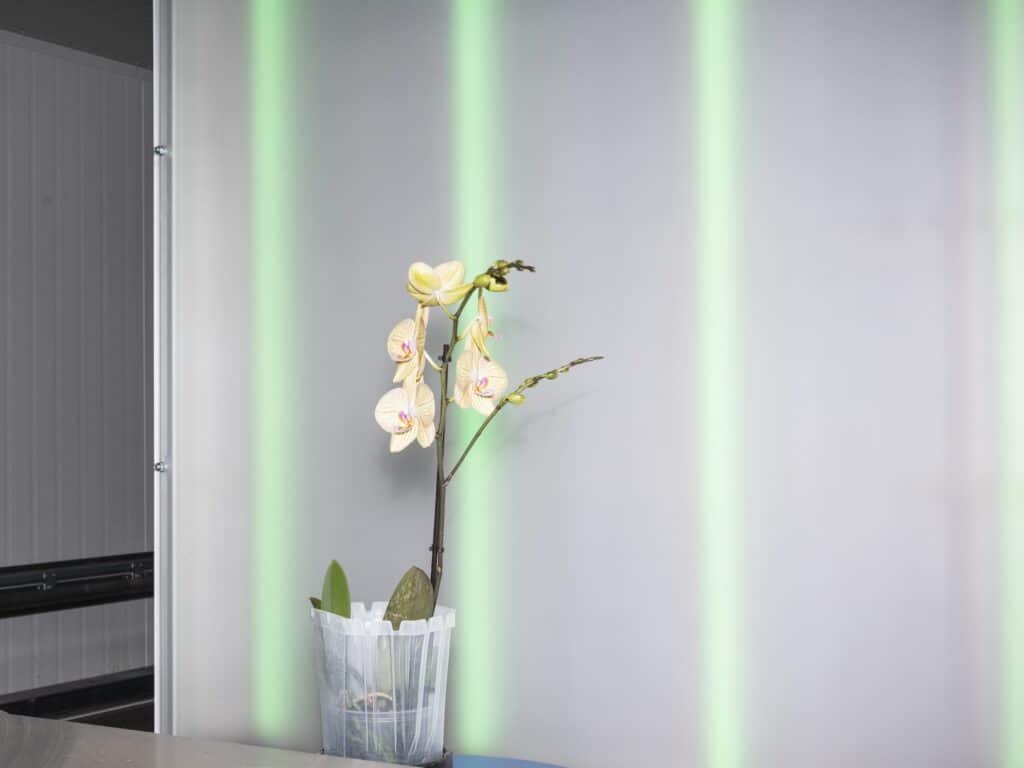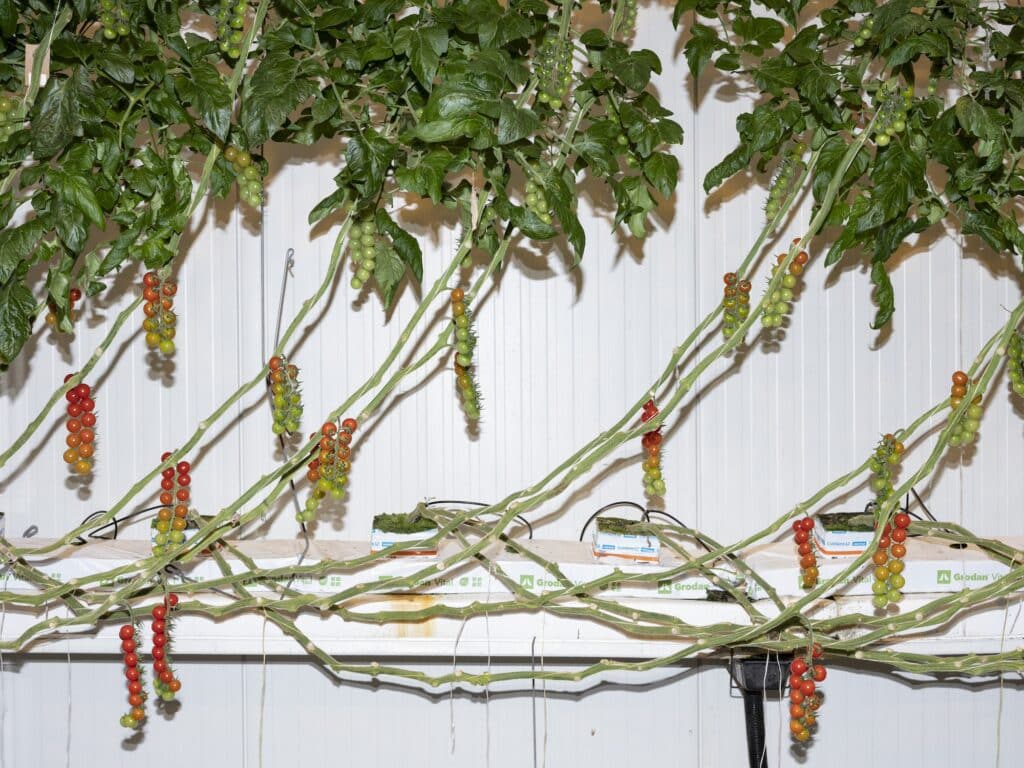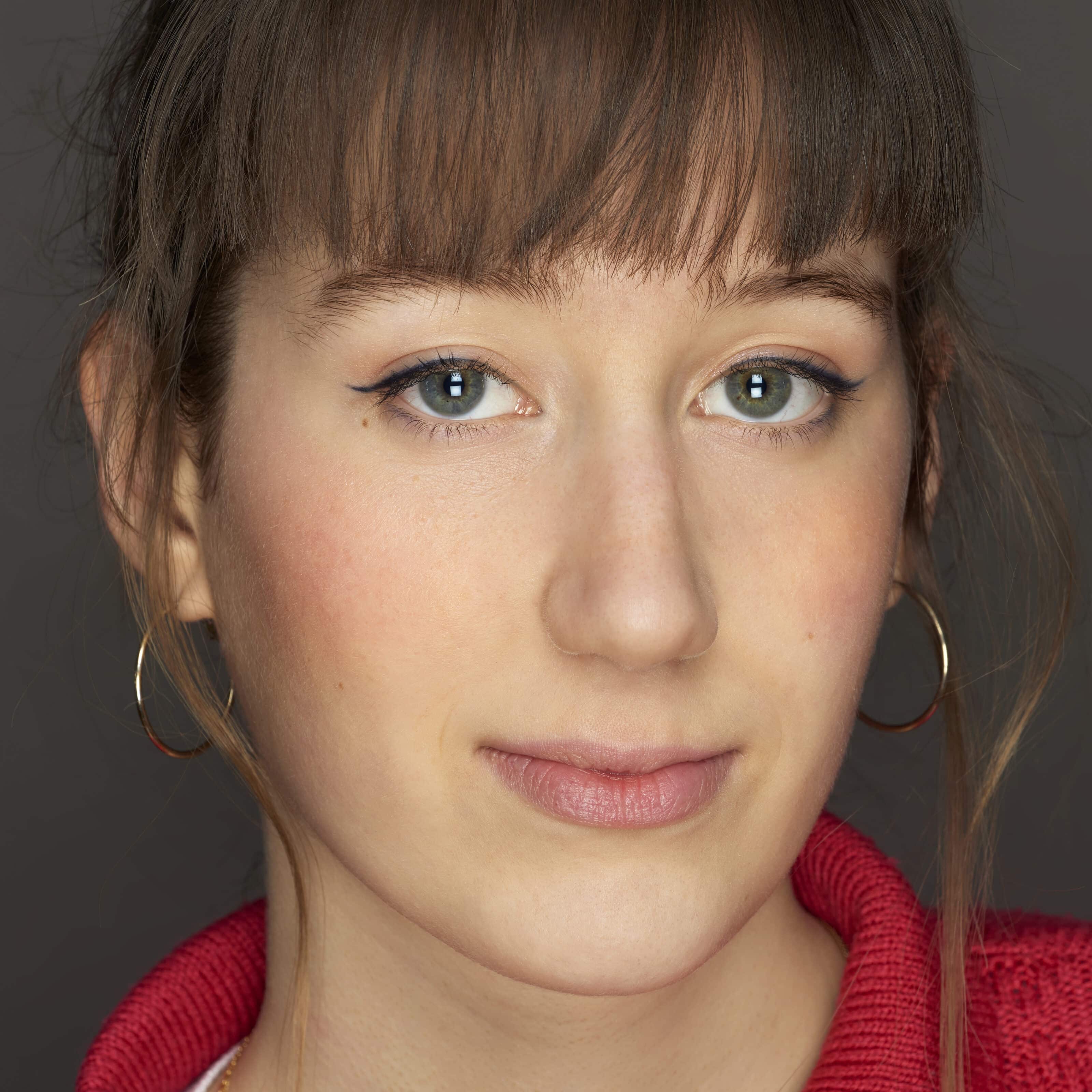Photography is everywhere. You wake up to it, ubiquitous on our screens. We see it on our daily commutes, as advertising, movie or show posters. Then, it is out on the street, printed on a huge banner covering a scaffolding. Moving beyond the artistic sector, photography has become a means of communication. While for some, this step aside is what detracts from the true soul of photography, it has to be said that the language of photography remains the most comprehensible. There’s no need for translation when the image alone can convey a message.
Photography has become the basis of our visual relationship with the world, transforming science, art, politics, news and social media, as well as all types of commerce and industry. In the three-dimensional space of the Pompidou Galerie de photographie, photographer Armin Linke brings together contemporary photographs, archives and found images, with texts by photography historian Estelle Blaschke, interviews with researchers and scientists, and quotations from all eras that reflect on the image. From its origins to the rise of digital photography, the exhibition sheds light on another history of photography: that of its countless utilitarian uses and its function as an information technology.
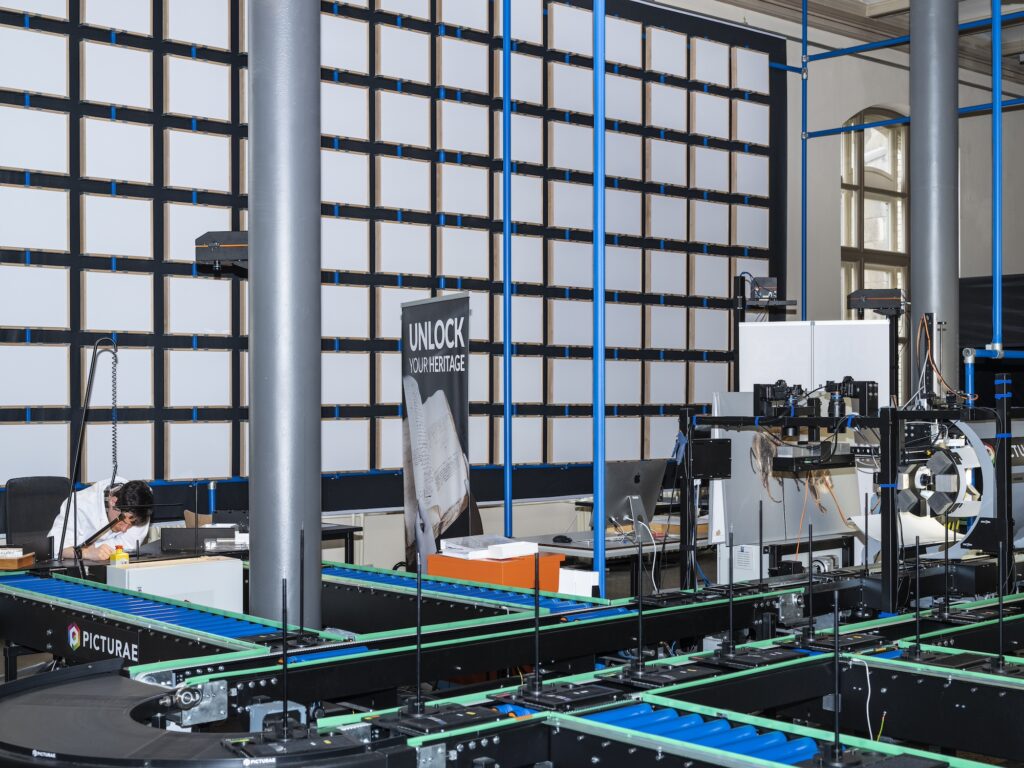
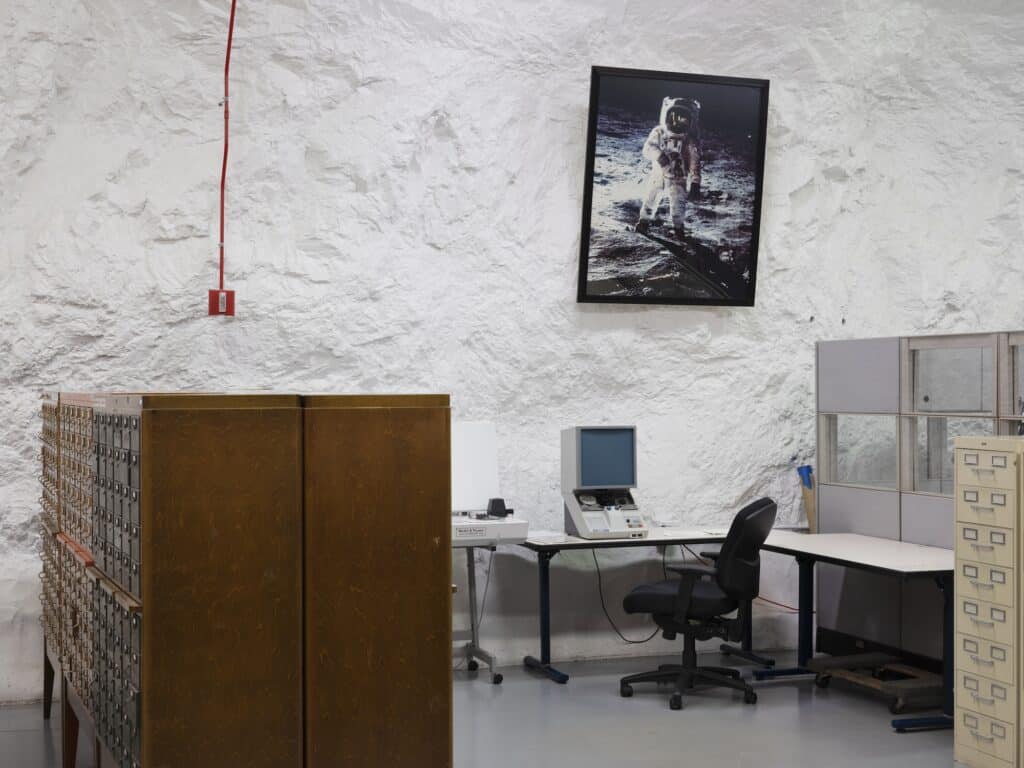
Welcome to the age of data capitalism
“If you don’t have a photographic memory, get one,” quipped Kodak in a 1966 advertisement for Recordak Miracode, a microfilm indexing system. A veritable “memory machine”, photography records a part of the world and of history. Capturing reality, it allows us to view, use and share it in a wide variety of forms and formats. Today, we are inundated with images that accumulate, organize and eventually disappear from our memories. To fix them, there are various tools: photo albums, contact sheets, folders… On photographic film or in a digital file, our individual and collective memory is preserved. Archived.
Today, more than three billion images are shared on social networks every day. Images whose data and metadata can reveal an enormous amount of information: keywords, copyrights, location and time information, content description… A godsend for the Web giants, who collect data and metadata to train image recognition algorithms, influence search engine results or personalize advertising.
With digital photography, the value systems associated with the medium have changed. What’s interesting is no longer the image itself, but the data that can be generated and subsequently processed. Collected, exploited, reproduced and monetized, images acquire an economic and operational dimension. As early as 1931, Walter Benjamin wondered about the value of photography: “The illiterate of tomorrow will not be those who ignore writing, it has been said, but those who ignore photography. But isn’t the photographer who can’t read his own proofs worth even less than an illiterate person? Will the caption not become the most essential element of the photograph? Welcome to the age of data capitalism, where images are the medium of choice for visual big data.
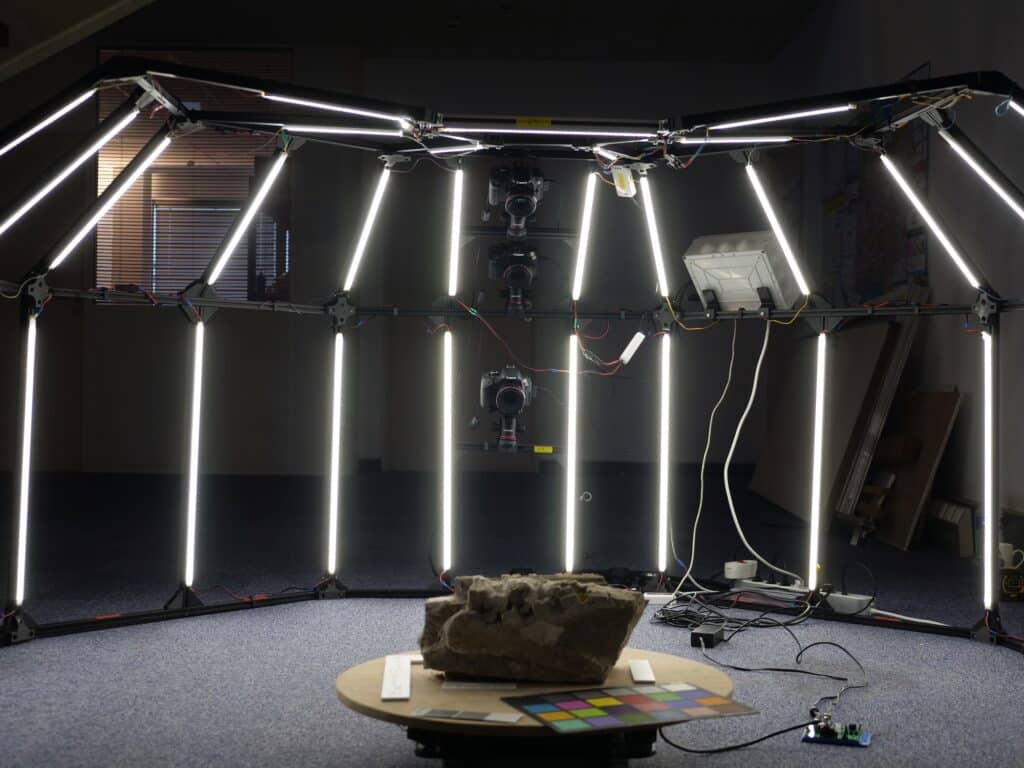
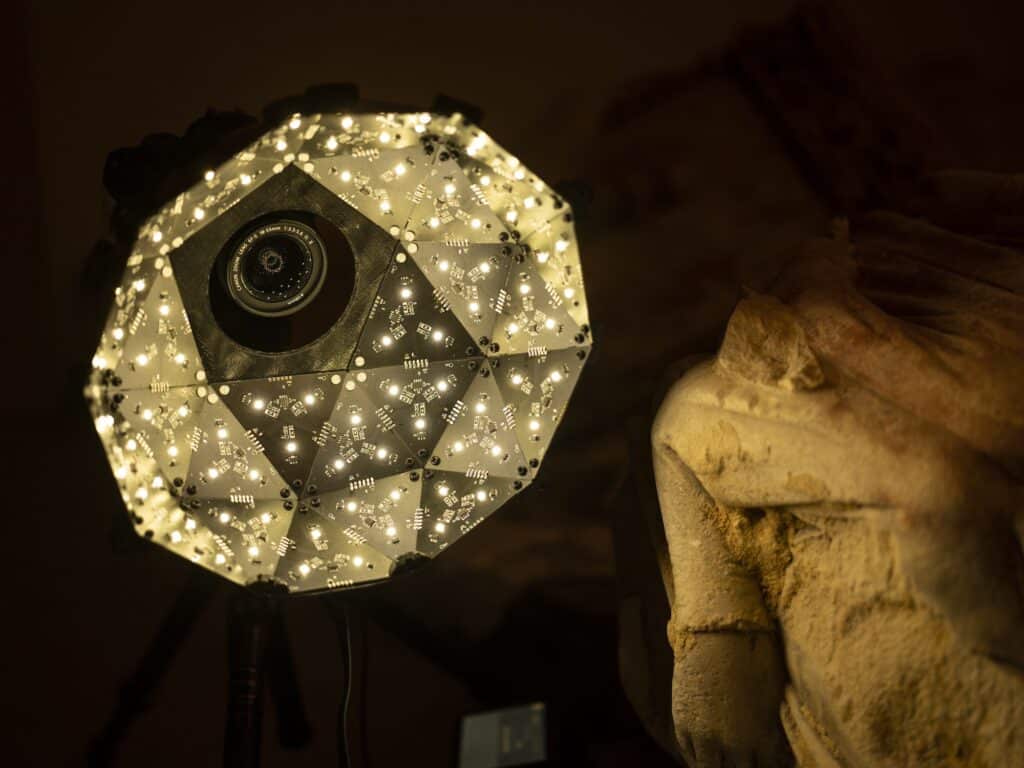
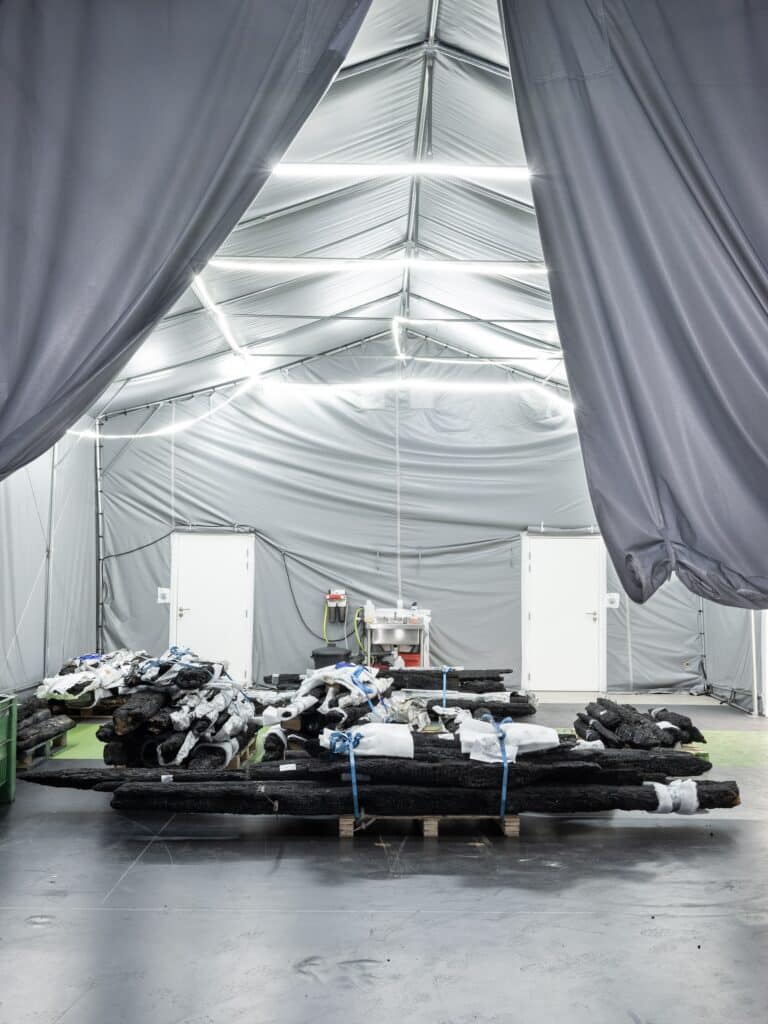
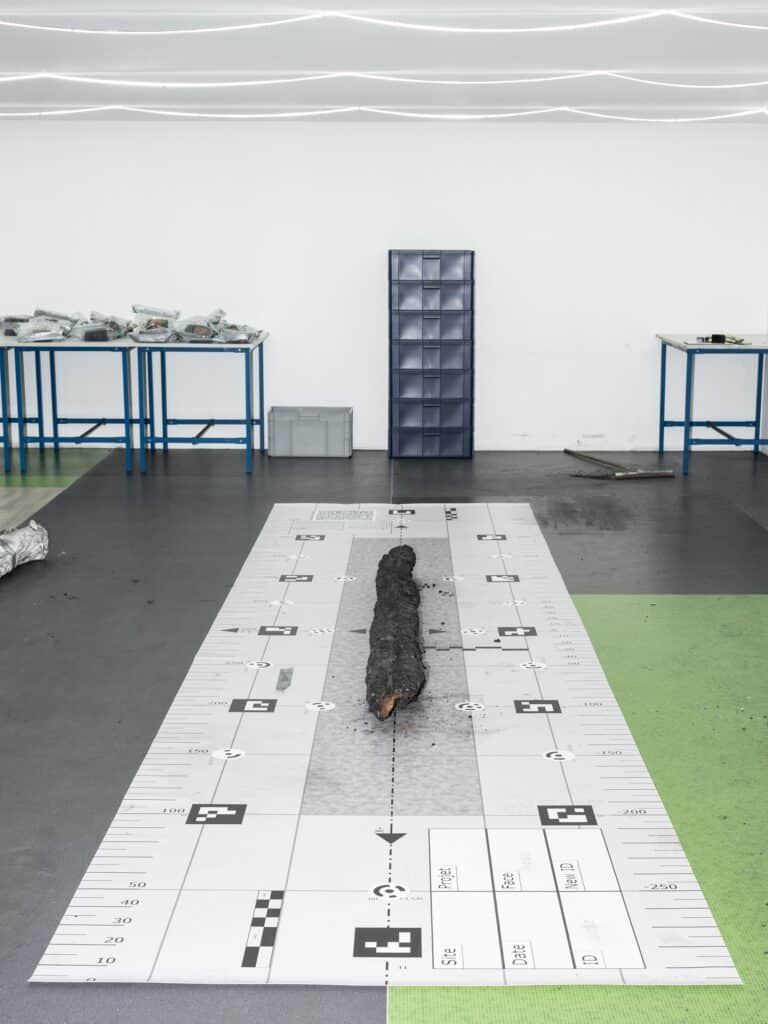
Images for science
Far from serving the needs of Big Data alone, this image economy can also contribute to scientific research. A case in point are the large-format triptychs of photographs of the remains of Notre Dame. Each object recovered by the fire department is photographed on the cathedral’s scientific site, so that it can be studied from every angle. In this way, a simple piece of wood is fed into a database, both as a historical relic and as scientific data on the wood of the period. Involving some fifty research teams and laboratories throughout France, the imagery is designed to provide useful information for the restoration project.
Accompanied by empirical data and scientific measurements, the image becomes operational, particularly in the natural and human sciences. Photography serves both as evidence and as a tool for generating knowledge. As far back as 1889, Aimé Girard published an atlas of six heliogravures documenting the various stages in the growth of the potato plant. Today, computer vision has spread to engineering, manufacturing and industrial agriculture.
Armin Linke visited the Netherlands, the world’s second largest exporter of agricultural products, to report on these new visual processes. In Wateringen, Ter Laak Orchids specializes in orchid cultivation, using robotics and data-driven production methods. In order to offer a unique collection of orchids available in different shapes and pot sizes, each flower is photographed in the studio. Twenty-four images are used to analyze its size, color and shape using machine learning algorithms. Based on this analysis of visual information, each flower is evaluated to determine its price category and market destination.
Data-driven production has become essential to new software products. For example, in the huge high-tech greenhouses of Dutch company Priva, a robot scans each shoot of a tomato plant to record its shape, color, temperature and leaf size, and supply it with its exact requirements. We are entering a new world of digital images produced by machines, for machines.
As new technologies shape the way we look at things, it’s impossible not to mention artificial intelligence imaging, which is constantly redefining photographic and artistic creation. This new paradigm raises not only legal questions about the uses and confidentiality of visual data, but above all about the advent of a new automated and probably “post-human” era.
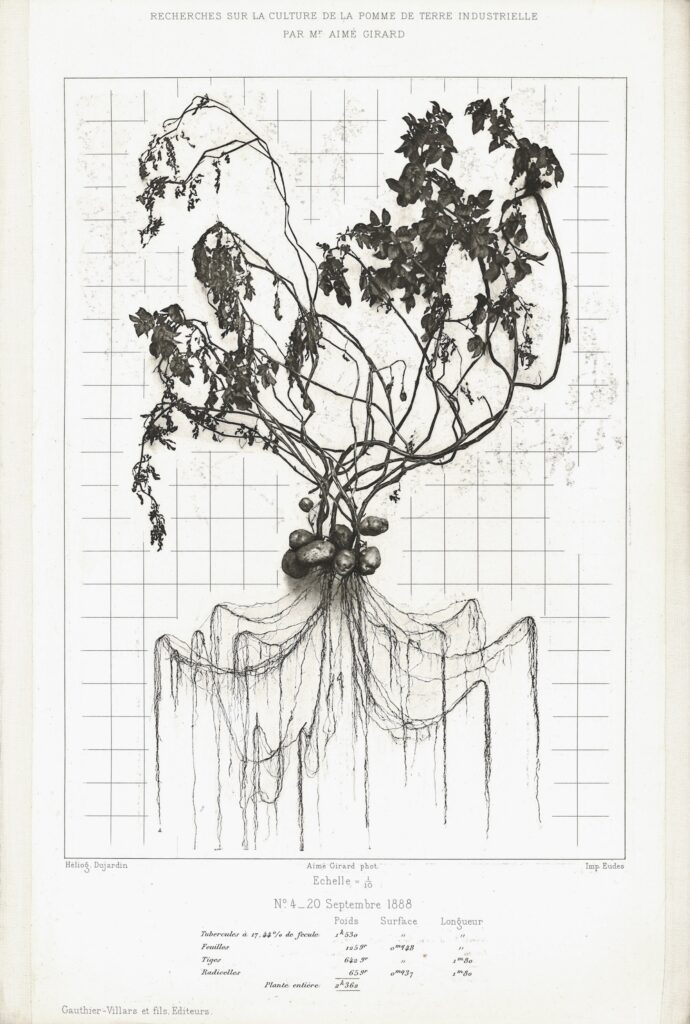
“Capital Image. New technologies and the economics of photography”. Until February 26, 2024. Center Pompidou, Galerie de photographies, level –1.

